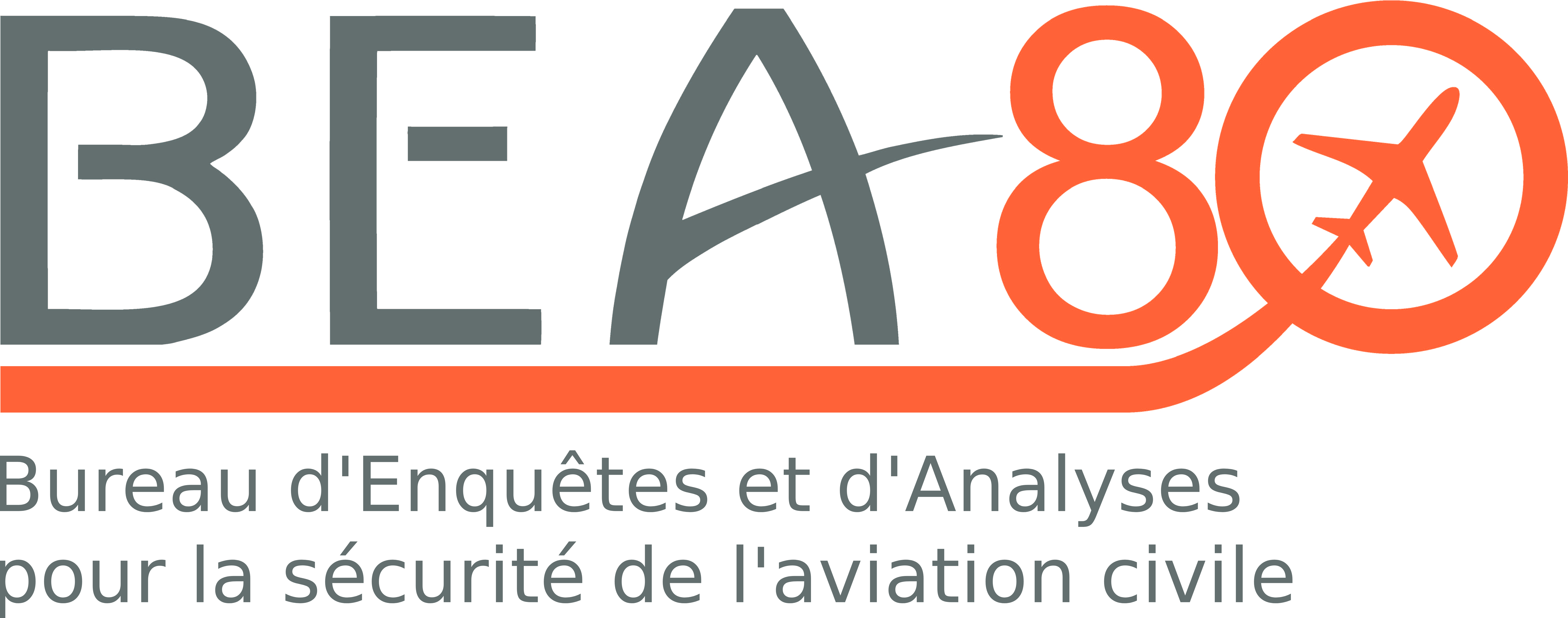Accident to the Evektor SportStar RTC registered F-HDLA on 09/04/2017 at Chelles Le Pin
Perte de contrôle en vol lors de l’interruption de l’atterrissage, collision avec le sol, en lâcher solo
Cat. 2 investigation report: simplified-format report, adapted to the circumstances of the occurrence and the investigation stakes.
This is a courtesy translation by the BEA of the Final Report on the Safety Investigation published in October 2020. As accurate as the translation may be, the original text in
French is the work of reference.
The student pilot and the instructor completed three left-hand aerodrome traffic circuits into runway 22 in preparation for the student’s first solo flight. At the end of this flight, the instructor authorised the student to complete her first aerodrome traffic circuit alone on board.
The student pilot took off from runway 22 and began her circuit. On landing, the aircraft bounced, the student took off again and re-joined the downwind leg into runway 22. On the second landing, the aircraft bounced again and entered a side-to-side roll movement at a height of about three metres from the ground. The student pilot aborted the landing; the aircraft gained height, banked left and entered a steep nose-up attitude. The student‑pilot lost control of the aircraft, which collided with the ground in the vicinity of the aerodrome hangars.
The difficulties she experienced in controlling her flare can be explained by the fact that the approach was flown at a significantly higher airspeed than the aircraft's stall speed due to the relatively lower weight of the aircraft with only one person on board. In these conditions, excess speed could have led to a long landing and the occurrence of bounces, especially since the approach slope although usual, was steep.
During the first landing, the aircraft bounced and triggered an affect in the instructor resulting in significant intervention on the frequency. Influenced by his emotional reaction, he initiated radio guidance during the second traffic circuit, dictating to the student the actions she was to perform. The student‑pilot followed to the letter the numerous orders given over the frequency, giving up all autonomy. She was unable to control her landing. She aborted the landing when she was faced with a dynamic situation of bounces and roll instability in an environment limited by obstacles. This situation presented many difficulties for a student who, due to her student status, had not yet acquired all the reflexes and had few resources available to her.
The aircraft entered an excessive attitude leading to a stall on the left wing.
